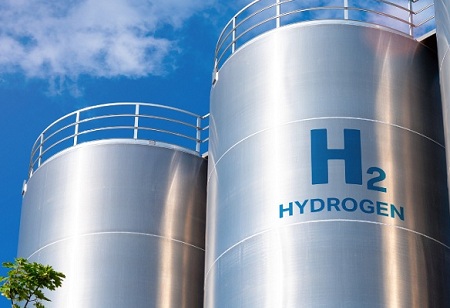
Hydrogen subsidies | Australian solar-to-methanol project secures €24m grant — with half coming from Germany -EQ
Hydrogen subsidies | Australian solar-to-methanol project secures €24m grant — with half coming from Germany -EQ
In short – Africa may suffer from a global shift to solar energy.
In detail -Zero-carbon energy sources are a major route to fighting climate change, demanding increased investments in wind and solar energy for Africa.
According to the World Bank, 568 million people in Sub-Saharan Africa lack access to electricity. In its book: Mini Grids for Half a Billion People: Market Outlook and Handbook for Decision Makers, the bank warns that under the current trajectory 595 million Africans will remain unconnected in 2030.
Findings of a study published in Nature Communications show that under some models, solar energy could dominate electricity production worldwide at such a scale that no further direct support is needed to stimulate solar power.
While solar could be a dominant energy source by 2050, poor countries could be left behind due to inadequate finance, the researchers say. Uncertainties over grid stability, the capacity of supply chains, and political resistance could also inhibit the potential of solar energy.
The World Bank identifies Nigeria’s market-driven approach to mini grid development and Ethiopia, Kenya and Zambia’s new regulations and policy that are attractive to private investors in mini grids as examples of making robust business partnerships to support off-grid solar access in Africa.
Femke Nijsse, of the University of Exeter, the study’s lead author, and colleagues, call for increased investments in grids and storage adding that developing countries with experience in renewables, such as Morocco and Kenya, could help support others in setting up financing instruments.
A hybrid network of solar and wind mini-grids has been funded by the French Development Agency (AFD) and the UK’s Foreign Commonwealth and Development Office, in a remote area north-east of Africa’s Lake Victoria. The island has no access to the national grid, but the population, mainly fishers, have a source of energy for homes, a school, and a health centre.
“Before we had this plant here, we used chlorine to treat our drinking water. As a student, I can do my studies at night or any time. We don’t have blackouts,” said Sylvanus Ochieng, a student at Kenya’s Kisii University.
“This is a dream come true,” Kennedy Odhiambo, regulatory manager for the plant developer, Renewvia Energy Kenya, told Nature Africa.
There are other key examples like the Aga Khan hospital, in Kisumu, Kenya, where solar panels have been installed for lighting and heating water, producing 60% of the
facility’s daytime power requirements. But the facility is limited by lack of storage capacity to increase the use of power generated from the solar panels.
A recent analysis by Ayobami Oyewo, from Finland’s LUT University, and colleagues, suggests that renewable energy systems research is hampered by low spatial diversification, “as most existing studies are analyzed based on a single-node approach.” Onguru urges governments to invest more in research and development of new technologies that can encourage harnessing of renewable sources of energy in Africa.















